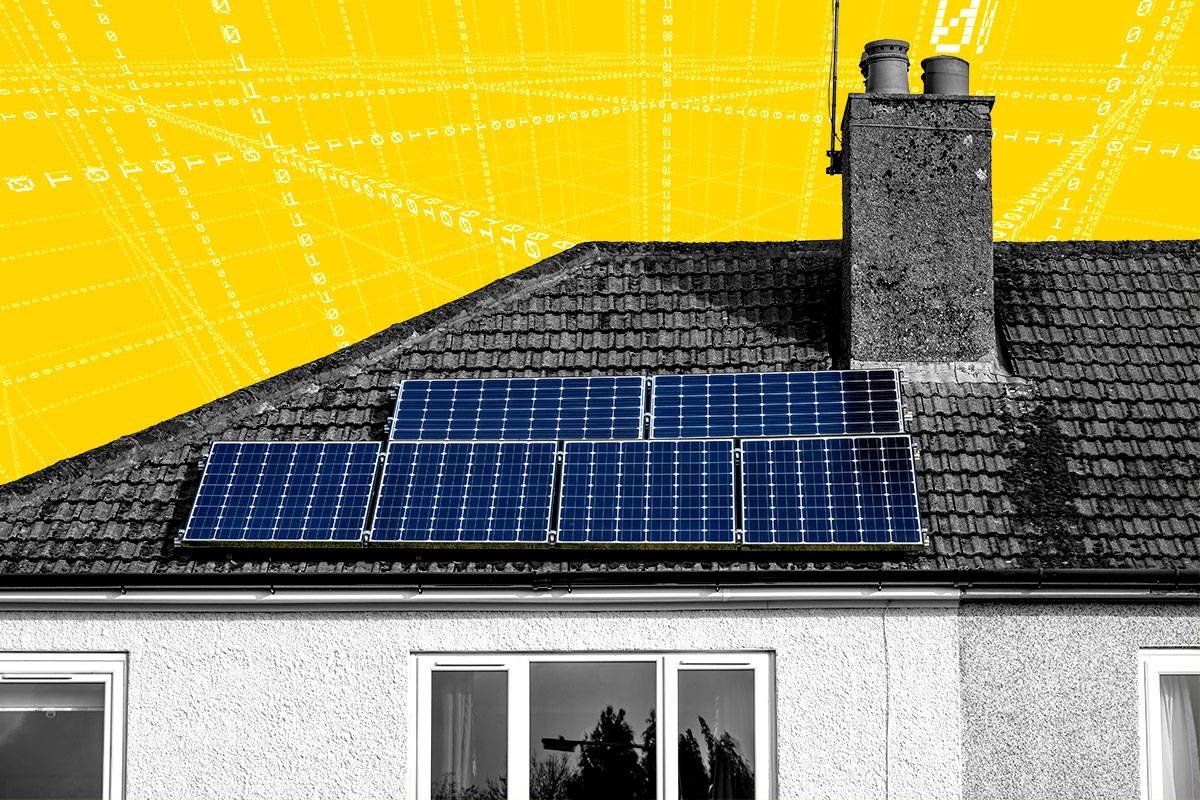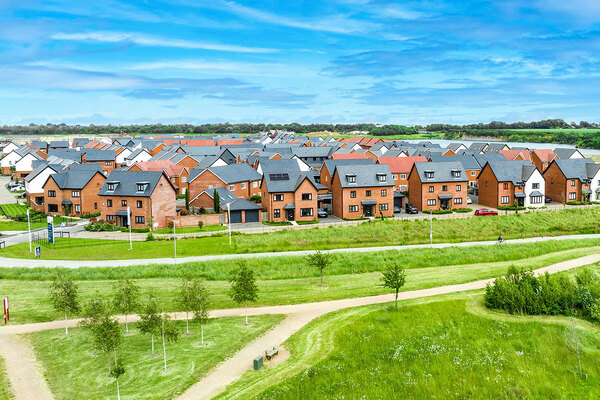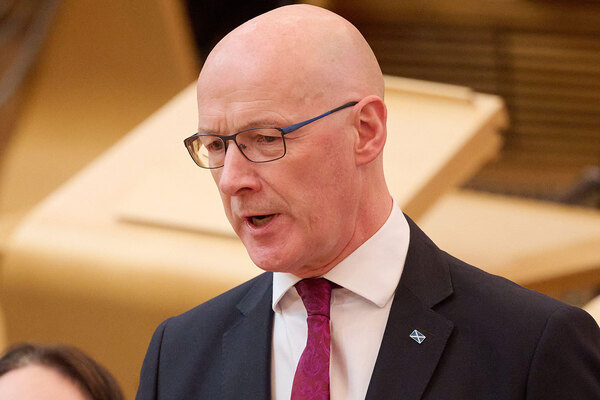You are viewing 1 of your 1 free articles
How housing can play its part in Scotland’s energy transition
The built environment is a crucial player in achieving Scotland’s just transition, writes Tom Morton, director at the Scottish Ecological Design Association
In February and March, workshops as part of ‘2045: The Big Conversation’ brought together 250 diverse stakeholders to discuss the next two decades of fundamental change in Scotland’s built environment.
The scale of change required by the just transition is hard to overestimate. It is not just decarbonising heat by going electric, but thermally retrofitting 300 homes a week for the next 20 years, removing whole-life carbon from the supply chain, implementing zero waste in a circular economy turning over £18bn per year and upskilling and diversifying a workforce of 171,000.
With this scale of investment and planning for change, no wonder the Scottish government is struggling to deliver its just transition plan for the built environment and construction sector. It was meant to be launched last November and has been put back to sometime this year, drawing sharp criticism from the Climate Change Committee.
Achieving climate targets is a shared responsibility for government, industry and civil society, and the siloed nature of the construction sector is consistently identified as a major barrier to change.
That is why The Big Conversation events brought diverse bodies together to share experience and build cohesion, everyone from fuel-poverty charities, the Scottish National Investment Bank, civil servants, tier-one contractors, community activists, Public Health Scotland, backroom scientists and design professionals to local and national government.
It was remarkable how much consensus was found.
“It is a huge challenge to turn available finance into a programme of funded projects”
Housing is a big part of the change agenda, with 2.67 million dwellings comprising 90% of Scotland’s buildings. From a housing perspective, there were four key takeaways:
First, retrofit. Currently, the Heat in Buildings Bill is going through the Scottish parliament and local authorities are piloting delivery of local heat strategies. It is a huge challenge to turn available finance into a programme of funded projects.
Delivery at that scale relies on community-level interventions, with a degree of legal authority over individual properties, sufficient skilled workforce capacity, good technical approaches vested in building physics and a long-term programme of investment balancing financial and technical efficiency with social justice.
Second, the circular economy. The built environment is characterised by everybody being stakeholders, but very few having agency. Housing is especially driven by short-term individual capital interests rather than the long-term shared challenge of climate change.
The transition will require a move away from new build and demolition to adaptive reuse of existing buildings, thereby sustaining their embodied carbon and the materials invested by previous generations. This will require progressive adjustment in regulation and financial incentives, and incentivise the transition to bio-composite natural materials.
Third, health. The journey to decarbonise construction is one that encompasses other progressive goals – the modernisation of industry, improved biodiversity and improved public health.
In 2045, our homes will help sustain our physical and mental health in a way they don’t currently. The tragedy of Grenfell highlighted the hazard of using toxic synthetic materials in housing retrofit, but the slow hazard of mould and moisture is an ever-present threat to many of those with the least agency over their domestic environment.
“The built environment is characterised by everybody being stakeholders, but very few having agency. Housing is especially driven by short-term individual capital interests rather than the long-term shared challenge of climate change”
Delivering retrofit as a public-health intervention, as well as for net zero, will also eradicate fuel poverty. Last year, 541 people in Scotland died because they couldn’t afford to heat their homes. The drivers will be regulation, financial incentives and holding building owners legally liable for the health impacts of their buildings.
Finally, sector skills. People are at the heart of the net-zero agenda. We need to upskill across the board, not just on sites, but in management, local authorities and those responsible for procurement and funding.
The increasing role of robotics and AI is part of the dynamic landscape for delivering net zero, but as machines become better machines, humans will respond by becoming better humans. If retrofit will become prefabricated panels made from laser scans, it will rely on a human to knock on Granny’s door and explain what is about to happen to her home. Factory prefabrication will open up flexible employment conditions to a more diverse workforce, creating positive pathways for young people and women. With a 99% male workforce on site, getting women into the sector is a key route to transforming sector culture.
It is clear that successful delivery of the just transition depends on the success of strong and cohesive relationships of trust, shared goals and common pathways. Housing is a nexus for this dynamic. There will be complex and challenging processes to work through, but the prize is a building stock that is future-proofed and healthy to live in for a skilled, inclusive and thriving society.
Transforming housing is a key pathway to that goal.
Tom Morton, director, Scottish Ecological Design Association
Sign up for our Scotland newsletter
Already have an account? Click here to manage your newsletters













